Heritage & History
From coastal walks to hidden heritage, wellness retreats to farm visits—explore experiences that make Liscannor more than just a stop by the Cliffs.
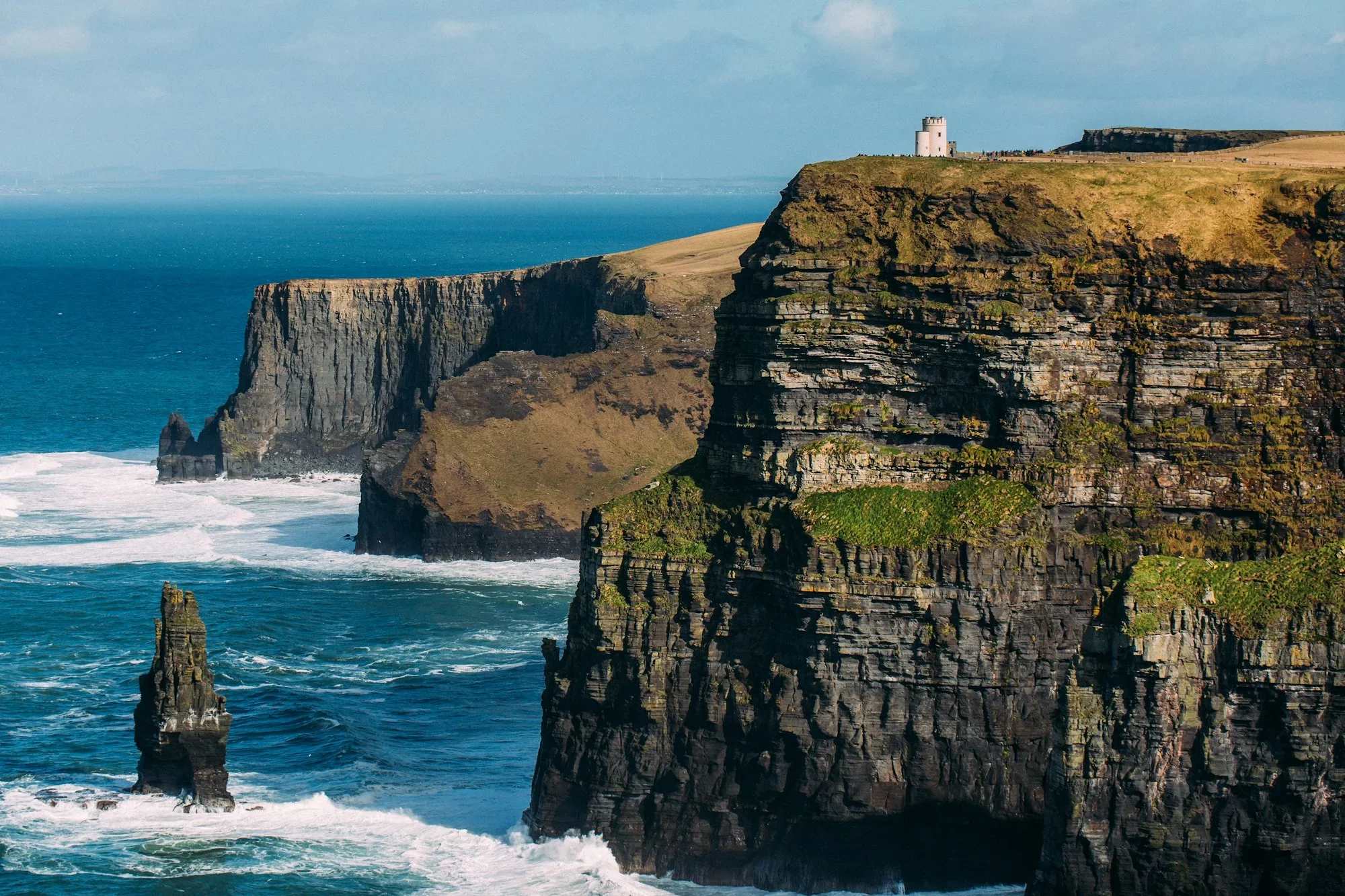
Cliffs of Moher
Discover a place where deep time, nature, and myth converge. The Cliffs of Moher began their story 320 million years ago, a geological history visible in their fossil-rich layers of rock. Today, these ancient walls are alive as a protected haven for tens of thousands of seabirds, including puffins and falcons. This dramatic setting has inspired centuries of folklore, from the legend of the witch Mal at Hag’s Head to tales of lost Armada treasure, making the cliffs a landmark carved by both the ocean and the human imagination.
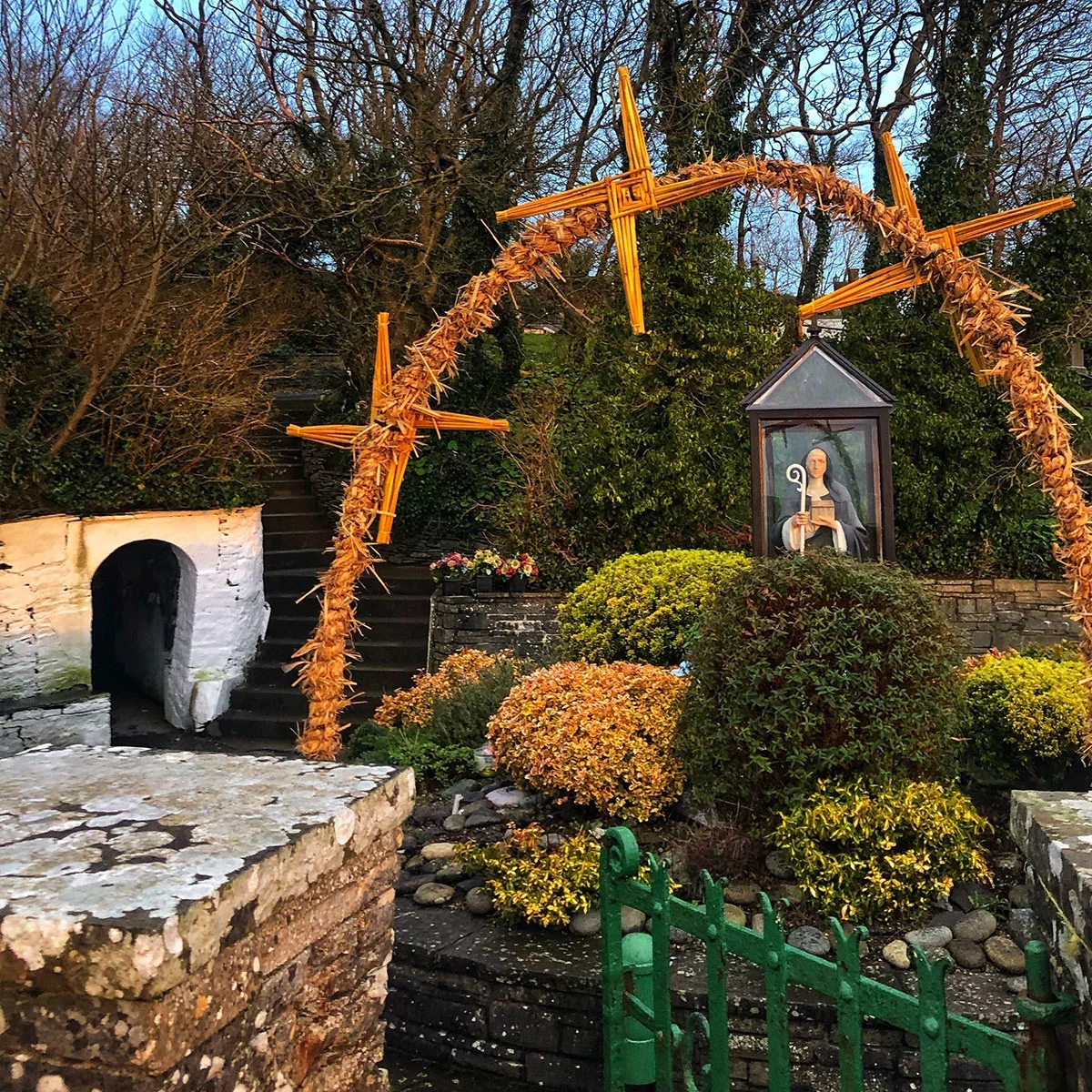
St. Brigid’s Well — A Sacred Spring of Faith and Folklore
A short distance from Liscannor village, on the road to the Cliffs of Moher lies St. Brigid’s Well, one of the most visited holy wells in Ireland. Dedicated to St. Brigid, Ireland’s female patron saint, the site has drawn pilgrims for centuries seeking healing, protection, and blessings. The well is a peaceful shrine of two levels where visitors can hear the sound of flowing water and leave offerings, prayers, and candles. The tradition is especially strong on St. Brigid’s Day (1 February) and on the eve of August 14, when people come from near and far to honour the saint. Today, St. Brigid’s Well remains both a place of living devotion and a moving cultural landmark, linking Ireland’s pre-Christian and Christian heritage and offering many visitors a moment of quiet reflection.
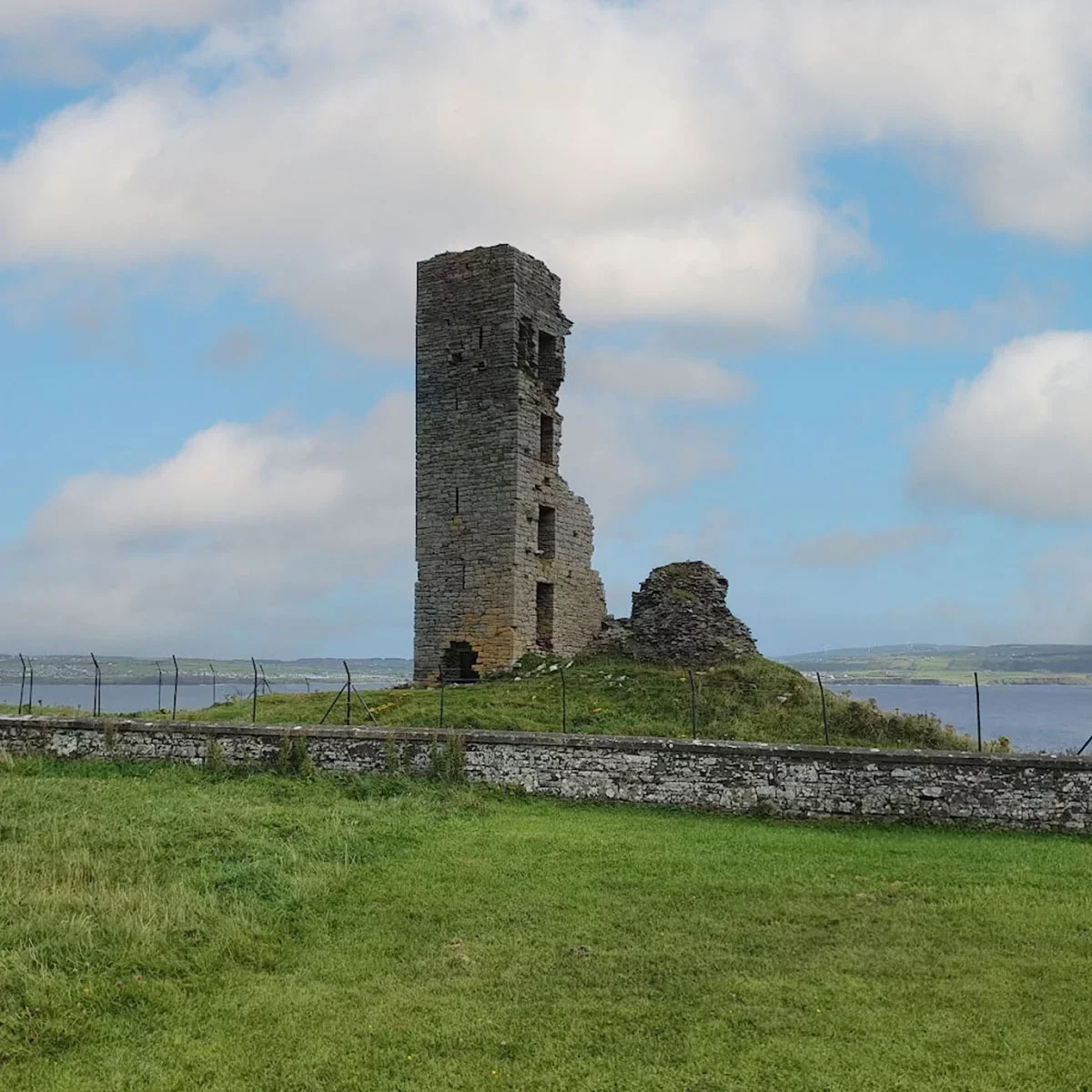
Liscannor Castle Ruins - Stronghold of Stone and Shadow
The ivy-clad ruin of Liscannor Castle stands as a proud reminder of the village’s medieval past as a Gaelic stronghold. Built in the 16th century by the powerful O’Connor clan and later controlled by the O’Briens, this six-storey tower house was both a fortress against rivals and a home filled with life. Though abandoned for centuries, its broken tower remains a beloved landmark, a romantic silhouette against the Atlantic sky that holds the stories of chieftains, feuds, and the families who once ruled at the edge of the sea.
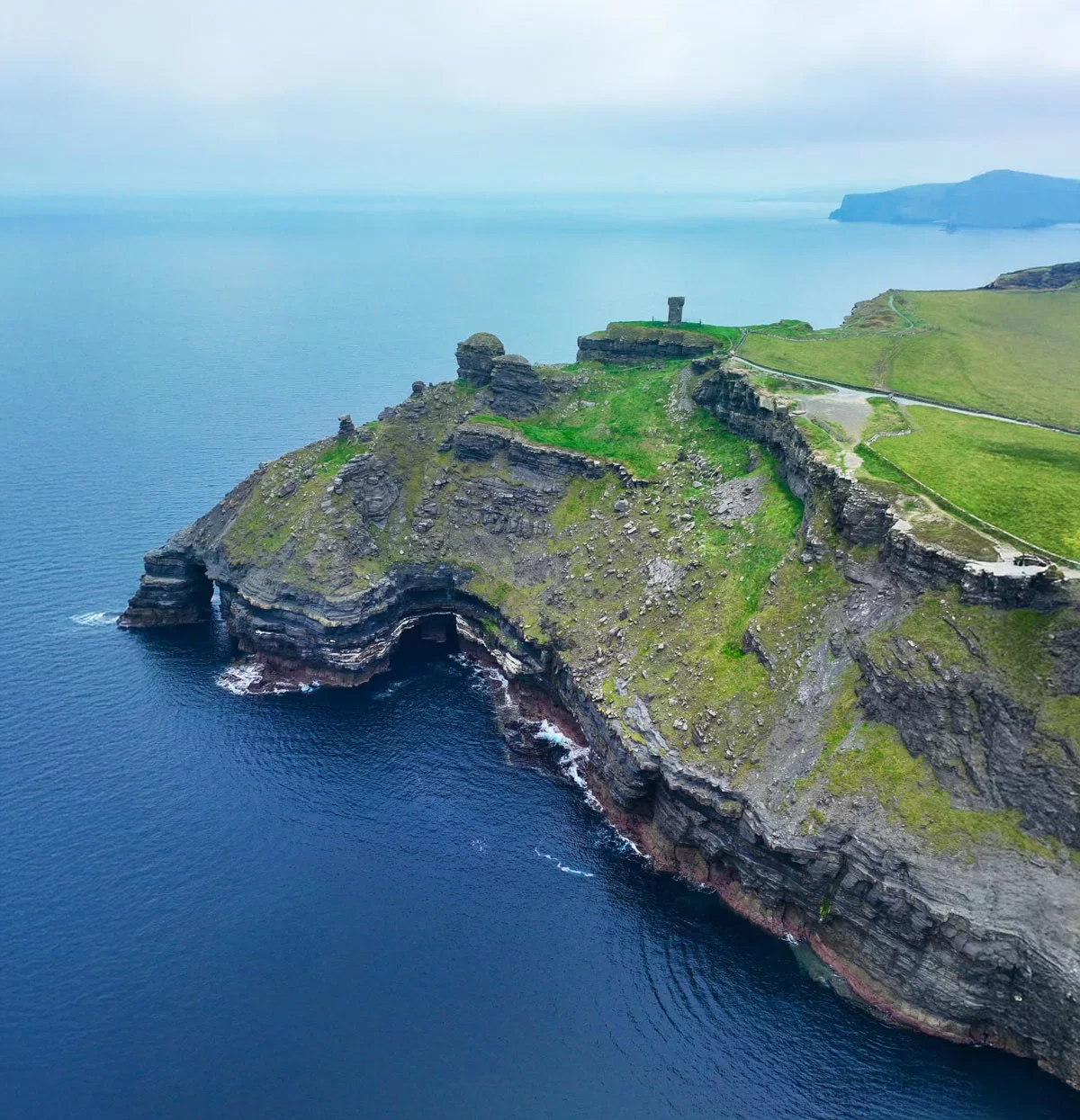
Hag’s Head & the Moher Signal Tower - A Story Told by Stone
At the southern end of the Cliffs of Moher lies Hag’s Head, a rugged headland where land gives way to legend. Named for the profile of the witch Mal, whose tragic story is etched into the stone, this is a place of many layers. It was once a prehistoric clifftop fortress and later the site of a Napoleonic-era signal tower, which still stands against the sky. Today, a walk here reveals not only these echoes of the past but also one of the most breathtaking views of the entire cliff coastline.
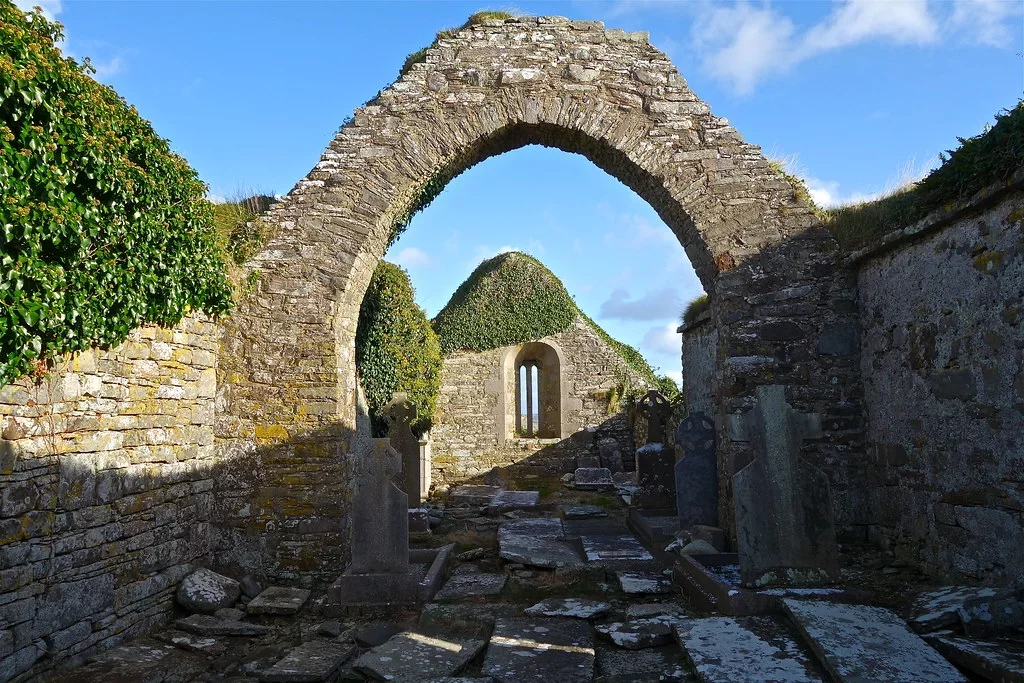
Kilmacreehy Church & Graveyard -A Silent Witness Over the Bay
Overlooking Liscannor Bay stand the solemn ruins of Kilmacreehy Church, a place where layers of faith, memory, and folklore converge. While the weathered Gothic arches date to the 14th century, the site’s story goes back to Saint MacCreiche, a 6th-century holy man who, according to legend, brought Christianity to this corner of Clare. Its ancient graveyard holds the stories of generations through famine and peace, creating a raw and powerful link to a deep spiritual past that feels alive in the Atlantic wind.
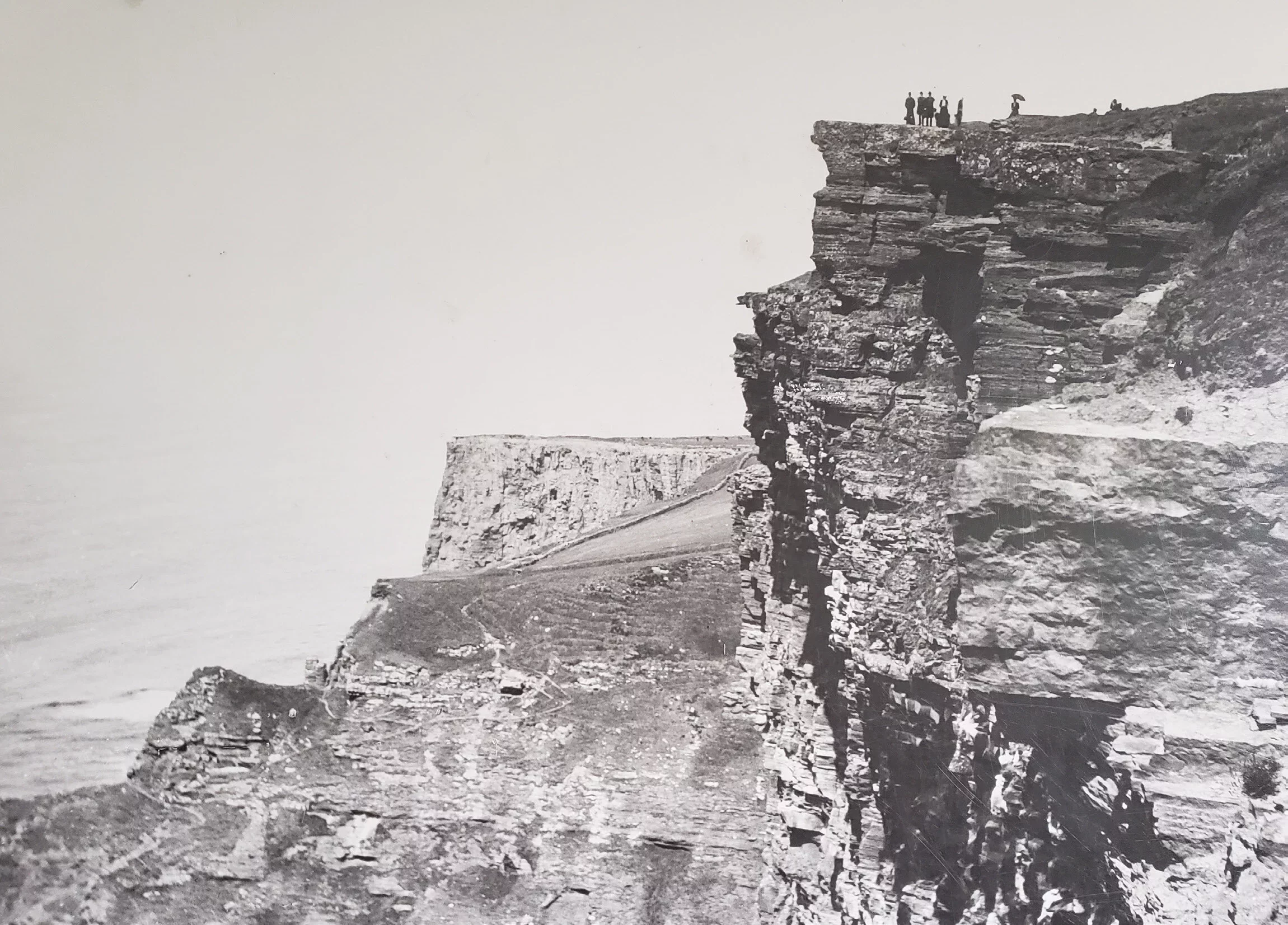
Liscannor Stone -Fossils, Flagstones, and a Village Built on Rock
In the 1800s, Cornelius O’Brien promoted its use in projects around the Cliffs of Moher, providing vital local employment. By the late 19th and early 20th centuries, stone from Liscannor was shipped abroad through the village harbour, valued for paving and buildings in cities far beyond Clare. Today, Liscannor Stone continues to be admired worldwide, linking the village’s past to its present and keeping its reputation alive as one of Ireland’s most famous building stones.
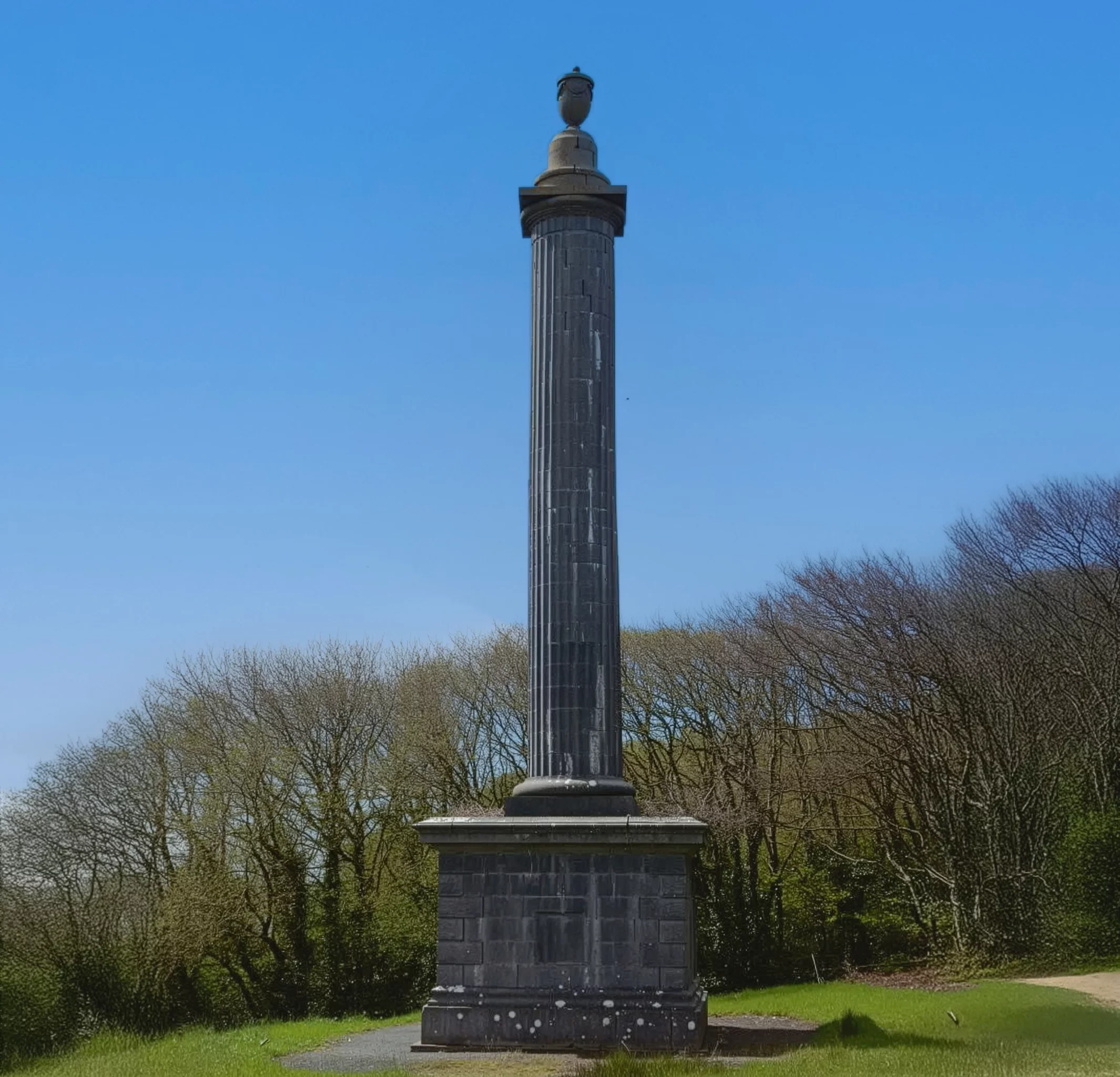
The O’Brien Column - Power, Pride, and Stone at Liscannor
Standing proudly above Liscannor Bay, the Cornelius O’Brien monument honours the man often described as the father of Irish tourism. O’Brien was the local landlord in the 1800s and is best remembered for opening up the Cliffs of Moher to visitors, creating paths, walls, and viewing points that helped people enjoy the scenery safely. His efforts brought early tourism to the area and supported local employment during difficult times. The monument, overlooking his former home at Birchfield and the O’Brien’s tower at the cliffs, continues to celebrate his lasting impact on both Liscannor and the wider Clare landscape.
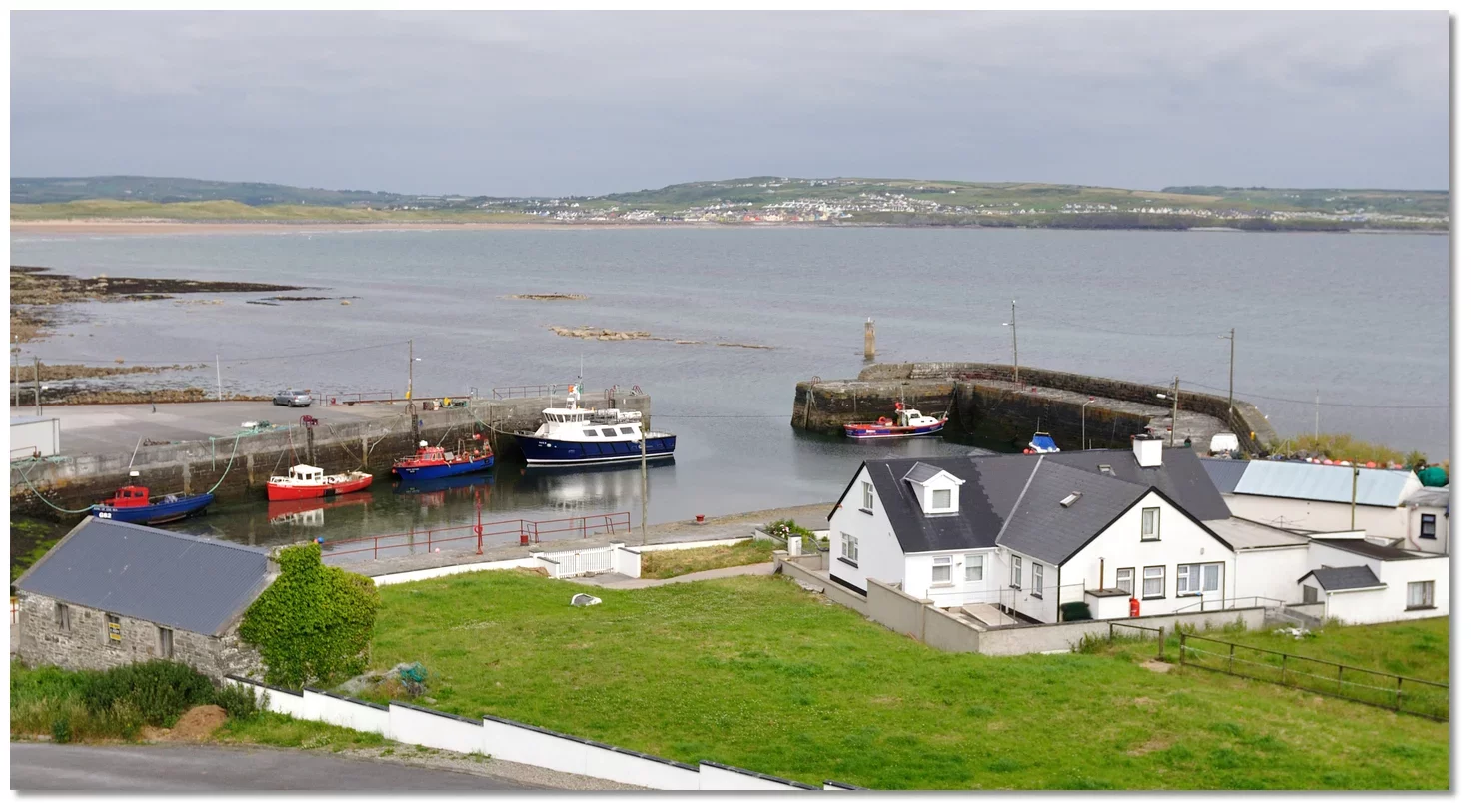
Liscannor Harbour & Pier - Stone, Sea, and Stories
Liscannor Harbour is the historic heart of the village, a pier built in the 1820s. The harbour’s greatest export was Liscannor flagstone, shipped from its pier to pave the grand streets of cities like London, Paris, and New York. Each slab of blue-grey stone, etched with the ripple-marks of an ancient sea, carried a piece of our village across the globe. To walk on these historic pavements is to walk on Liscannor's own story, a testament to the labour and geology of this small corner of County Clare.
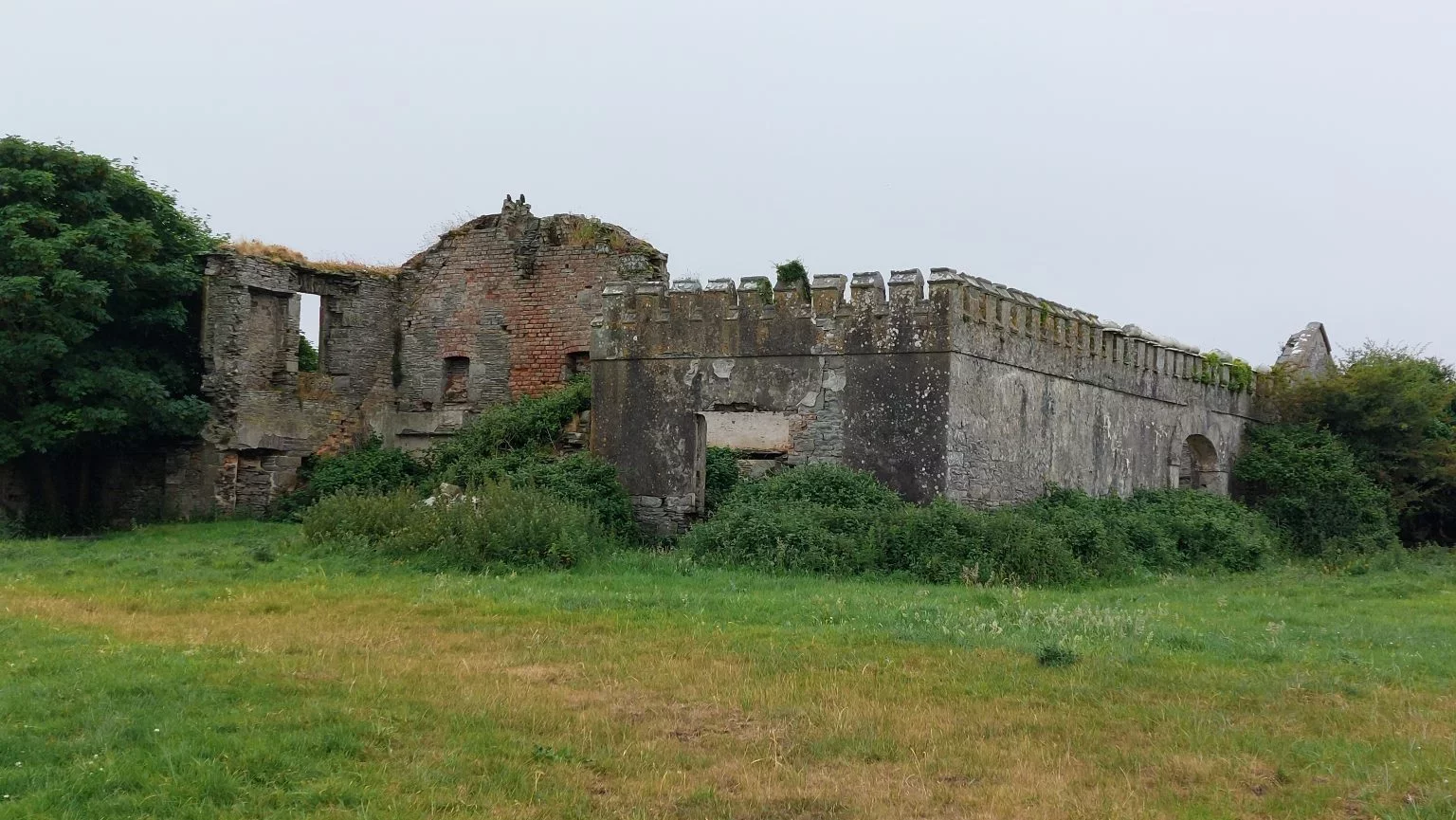
Seamount House — A Landmark of the Atlantic Gentry
Perched above Liscannor Bay, Seamount House is a striking early-19th-century Georgian/Regency residence built for the O’Brien family. With its grand sash windows and sweeping sea views, it embodied the confidence of Ireland’s “Big House” era — a world of elegance and privilege sustained by the labour of local tenants. Today, though softened by ivy and time, it remains a powerful reminder of both the grandeur and the contradictions of landlord life in Clare.
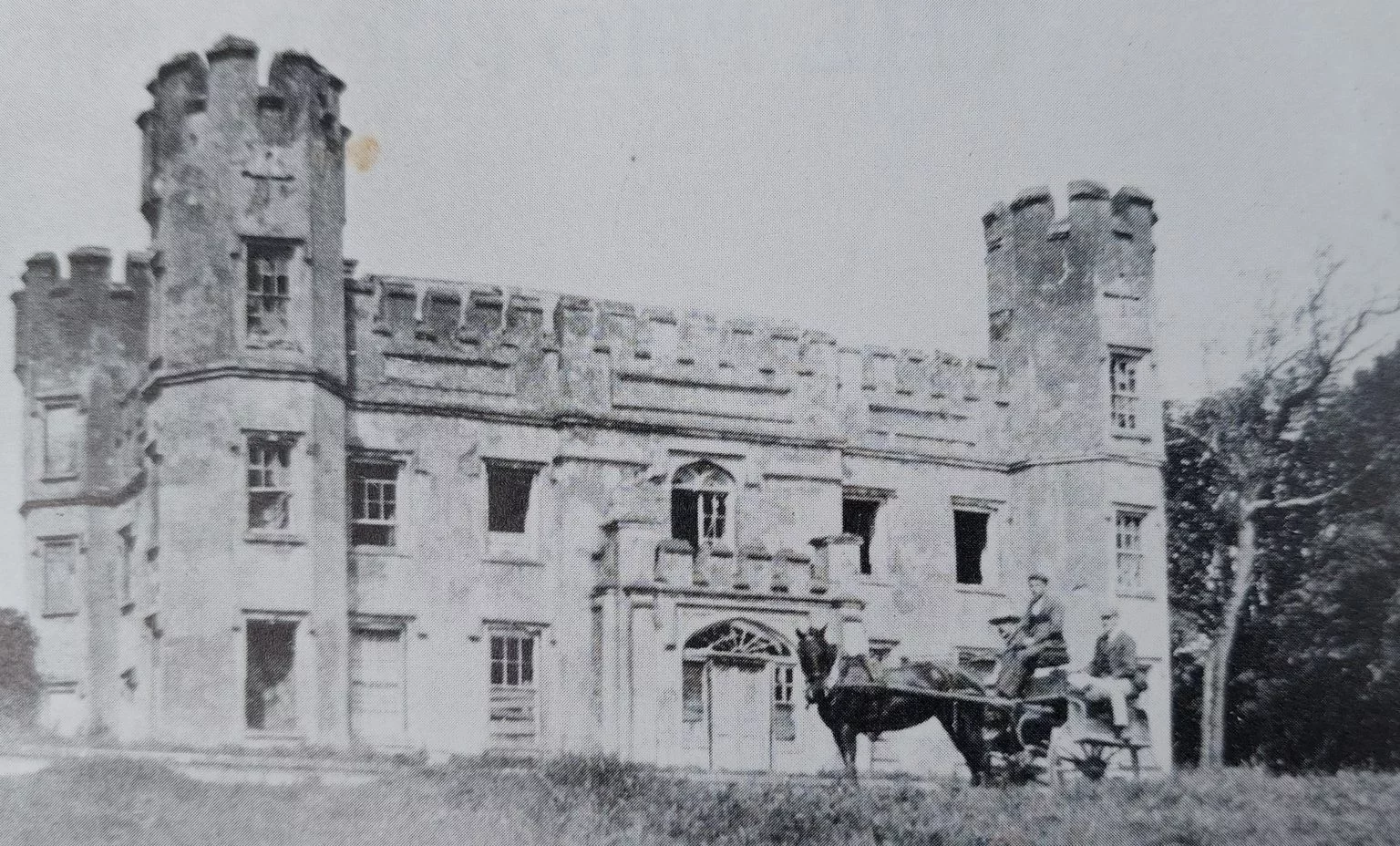
Birchfield House — The O’Briens’ Country Seat
Built in the late 18th century, Birchfield House was a Georgian country residence of the O’Brien family, once at the centre of estate life near Liscannor. Its balanced façade, sash windows, and surrounding demesne reflected the refinement of Ireland’s “Big House” era, even as its prosperity rested on the rents and labour of local tenants. Though time has softened its grandeur, Birchfield endures as a vivid reminder of landlord power, family legacy, and the shifting fortunes of rural Clare.